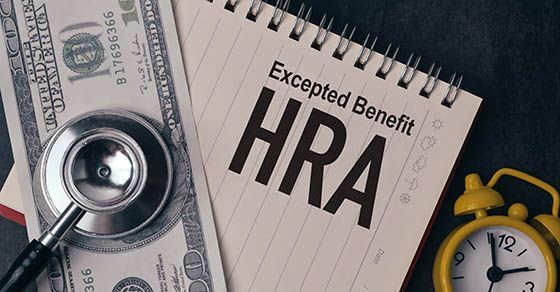Beneficial ownership information reporting requirements suspended for domestic reporting companies
The twisty journey of the Corporate Transparency Act’s (CTA’s) beneficial ownership information (BOI) reporting requirements has taken yet another turn. Following a February 18, 2025, ruling by a federal district court (Smith v. U.S. Department of the Treasury), the requirements are technically back in effect for covered companies. But a short time later, the U.S. Department of the Treasury announced it would suspend enforcement of the CTA against domestic reporting companies and U.S. citizens. Here are the latest developments and what they may mean for you.
Latest announcement
On March 2, the Treasury Department stated the following in a press release: “The Treasury Department is announcing today that, with respect to the Corporate Transparency Act, not only will it not enforce any penalties or fines associated with the beneficial ownership information reporting rule under the existing regulatory deadlines, but it will further not enforce any penalties or fines against U.S. citizens or domestic reporting companies or their beneficial owners after the forthcoming rule changes take effect either. The Treasury Department will further be issuing a proposed rulemaking that will narrow the scope of the rule to foreign reporting companies only. Treasury takes this step in the interest of supporting hard-working American taxpayers and small businesses and ensuring that the rule is appropriately tailored to advance the public interest.”
The reinstatement
On January 23, 2025, the U.S. Supreme Court granted the government’s motion to stay, or halt, a nationwide injunction issued by a federal court in Texas (Texas Top Cop Shop, Inc. v. Bondi). But a separate nationwide order from the Smith court was still in place until February 18, 2025, so the reporting requirements remained on hold. With that order now stayed, the new deadline to file a BOI report with the U.S. Treasury Department’s Financial Crimes Enforcement Network (FinCEN) is technically March 21, 2025.
Reporting companies that were previously given a reporting deadline later than this deadline are required to file their initial BOI report by the later deadline. For example, if a company’s reporting deadline is in April 2025 because it qualifies for certain disaster relief extensions, it’s allowed to follow the April deadline rather than the March deadline.
Important: Due to ongoing litigation in another federal district court (National Small Business United v. Yellen), members of the National Small Business Association as of March 1, 2024, aren’t currently required to report their BOI to FinCEN.
BOI requirements in a nutshell
The BOI requirements are intended to help prevent criminals from using businesses for illicit activities, such as money laundering and fraud hidden through shell companies or other opaque ownership structures. Companies covered by the requirements are referred to as “reporting companies.”
Such businesses have been reporting certain identifying information on their beneficial owners. FinCEN estimated that approximately 32.6 million companies would be affected by the reporting rules in the first year.
Beneficial owners are defined as natural persons who either directly or indirectly 1) exercise substantial control over a reporting company, or 2) own or control at least 25% of a reporting company’s ownership interests. Individuals who exercise substantial control include senior officers, important decision makers, and those with authority to appoint or remove certain officers or a majority of the company’s governing body.
For each beneficial owner, under the requirements, a reporting company must provide the individual’s:
- Name,
- Date of birth,
- Residential address, and
- Identifying number from an acceptable identification document, such as a passport or U.S. driver’s license, and the name of the issuing state or jurisdiction of the identification document.
A reporting company also must submit an image of the identification document.
BOI reporting isn’t an annual obligation. However, companies must report any changes to the required information previously reported about their businesses or beneficial owners. Updated reports are due no later than 30 days after the date of the change.
Stay tuned
The temporary stay of the injunction in the Smith case applies only until the U.S. Court of Appeals for the Fifth Circuit rules on FinCEN’s appeal of the lower court’s original injunction order in that case. The appeal was filed on February 5, 2025. Additional challenges are also proceeding in other courts. It’s also possible that Congress will pass legislation to repeal the BOI requirements.
Meanwhile, the March 2 Treasury announcement appears to ease compliance concerns for domestic companies. However, FinCEN will continue to enforce requirements for foreign reporting companies. Contact us if you have questions about your situation.
© 2025










